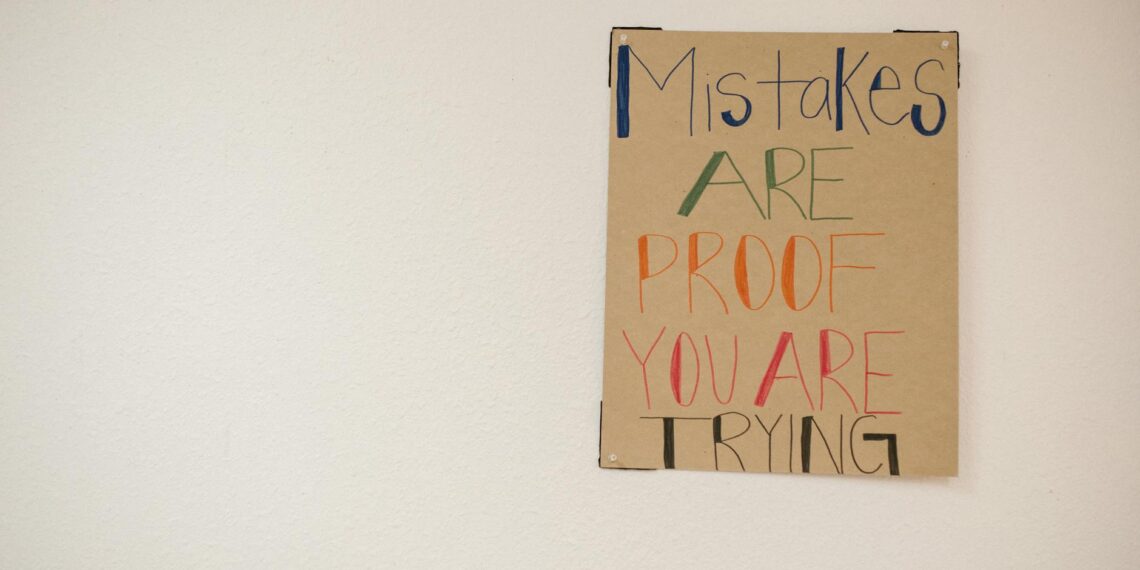Both proof and uncirculated coins are popular among collectors and investors, but they differ in their production, appearance, and rarity. Here’s a breakdown:
- Proof coins:
– Are produced using a meticulous minting process involving multiple strikes with specially polished dies and blanks (planchets).
– The blanks may be hand-polished to enhance their reflective quality.
– Each coin is struck multiple times under higher pressure, resulting in sharper details and a distinctive mirror-like finish on the background (fields) and frosted raised details (devices), [according to Gainesville Coins].
– They are not intended for circulation and are typically sold directly by the mint in special protective packaging to preserve their pristine condition.
- Uncirculated coins:
– Have never been in circulation and show no signs of wear.
– While handled carefully to avoid marks and scratches, their production is less elaborate than proof coins.
– They are struck once, similar to circulating coins, but with quality enhancements to achieve a brilliant finish.
– They possess a shiny surface but lack the mirror-like finish of proof coins.
– Uncirculated coins may exhibit minor imperfections due to the mass production and handling processes at the mint.
- Proof coins:
– Are rarer than uncirculated coins due to their lower mintage totals.
– Their limited production, superior quality, and aesthetic appeal contribute to their higher value and collectibility.
– Collectors and investors value them for their aesthetic qualities and potential for significant appreciation.
– For precious metal proof coins, both numismatic appreciation and metal value appreciation contribute to their value.
- Uncirculated coins:
– Are produced in larger quantities than proof coins.
– They can still be valuable, especially older uncirculated coins or those with limited mintages, [notes U.S. Gold Bureau].
– The value of uncirculated coins depends on their quality rating, which assesses blemishes, dullness, or discoloration.
– Investing in uncirculated coins offers a more affordable entry point into coin collecting and investing compared to proof coins.
| Feature | Proof Coins | Uncirculated Coins |
|—|—|—|
| Production | Multiple strikes, polished dies and blanks, hand-polished | Single strike, similar to circulating coins, with quality enhancements |
| Finish | Mirror-like background, frosted design elements | Brilliant, shiny surface, but not mirror-like |
| Rarity | Rarer, limited production | More common, larger production quantities |
| Value | Generally more expensive, high collectible value | More affordable, value depends on condition and rarity |
| Intended Purpose | Collecting, display, gifts | Collecting, investment, potential use as currency |
Ultimately, the choice between proof and uncirculated coins depends on your personal preferences, budget, and investment goals.









Is it better to buy proof or uncirculated coins?
Generally speaking, proof coins have a higher relative mark-up than uncirculated coins. As a collector’s item, proofs can be sold for more than the value of the raw precious metals they contain. However, the downside is they cost a little more than uncirculated coins to purchase.
Are all proof coins uncirculated?
While proof coins aren’t circulated in everyday currency like penny, nickels, and dimes, they aren’t technically classified as “uncirculated coins.” Per the U.S. Mint, “the term ‘uncirculated’ refers to [a] specialized minting process…
Are proof coins less valuable?
You’ll pay more for a proof coin than you will for an uncirculated coin, due to their stellar appearance and rarity.
Can a proof coin be circulated?
Thanks for asking. There are two different grades of uncirculated coins: business strike and proof. Business strike coins are struck for circulation, while proof coins are specially made for collectors.